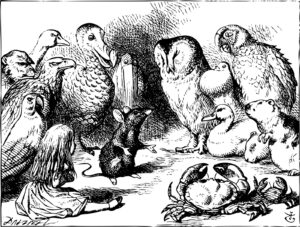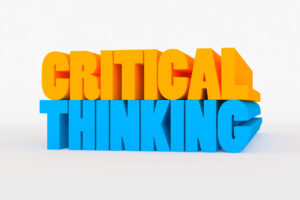Thought Leadership
Go-To Insights Guiding Value Added Action
King Midas and the Golden Touch
When I speak about deep understanding of deep meaning, I usually explain the concepts, argue for their business relevance, and then invite my audience to practice the process of developing a deep understanding of deep meaning by looking for it within a story. For the real-time interactive experience, I usually raise some business questions to define…
Read MoreWhat’s Deep Understanding of Deep Meaning?
How important is deep understanding of the deep meaning of a business challenge? Have you ever tried to be effective without the clarity, specificity, and insight that anchor deep understanding of deep meaning? Have you ever found yourself and your colleagues not knowing what you were doing or why?
Read MoreThree Little Pigs Do Three Construction Projects
Do you know and remember the story of the Three Little Pigs and the Big Bad Wolf? If you grew up consuming English language nursery lore, you might. But if not, don’t worry: I’m going to review enough of it for you to understand why the Three Little Pigs and the Big Bad Wolf constitute…
Read MoreThe Story That Faked the Facts
Think about how you are making decisions. If you had the right approach, imagine the opportunity to optimize and tap into the powerful forces that lead to success.
Indeed there is power in data, yet In our hyper-competitive business environment today, is the power of story an edge that you may not be able to afford to ignore? Read on for a cautionary tale!
Read MoreMr. Cellophane: Risk Managers Lack Influence 
From the moment that the risk manager embarks upon the formal risk assessment process, all the way through risk identification, analysis, planning, tracking and controlling, the effectiveness of her communication will dictate how successful the overall process will be. In addition to that, she must be able to build strong political partnerships with business and corporate staffs, communicate to a wide variety of audiences in clear, understandable language, and be a skilled facilitator of organizational action more than simply a technical manager of risk.
Read MoreWhat Was Sgt. Joe Friday Really Thinking?
Do you want to take the facts that define your story to the next step—the interpretation that helps you first to understand the challenge and then to define and deliver an effective solution—based on a deep understanding of the facts and the context that surrounds them?
Read MoreChange Management Considerations: Epilogue – Putting It All Together
Effective change management absolutely requires us to cut loose our curiosity. Our curiosity must be extreme. Our curiosity must be continuous. Situational awareness must be uppermost.
Read MoreCritical Thinking – Asking Why?
Critical thinking is the disciplined process of formulating information by observation, experience, reflection, reasoning, and communication. The critical thinking process drives mindfulness – the activities of conceptualizing, applying, analyzing, synthesizing, and evaluating information as a guide to belief and action. Without critical thinking, beliefs and actions are misguided, senseless, thoughtless, unmindful – not at all in concert with real situations.
Read MoreBusiness Growth & the West Coast Offense
There are many parallels between sports and business. Business needs to excel at operations while also assuring its future by developing growth strategies. Likewise, NFL teams constantly practice so that each play is executed well. However, teams also need to develop a strategy that gives them an edge. Bill Walsh was one the NFL’s best at balancing the team execution with innovative strategic thinking. Here is an anecdote demonstrating Walsh’s systematic methodology.
Read MoreLearning Styles – Potential Show Stoppers
We are always learning. Every time we do something there are different nuances that we notice, adjust for, and add to our knowledge and skills sets. We have preferences as to how we learn. When forced into a learning situation that conflicts with our personal learning style, Self-2 starts up the chemical factory and we become less efficient.
Read More









